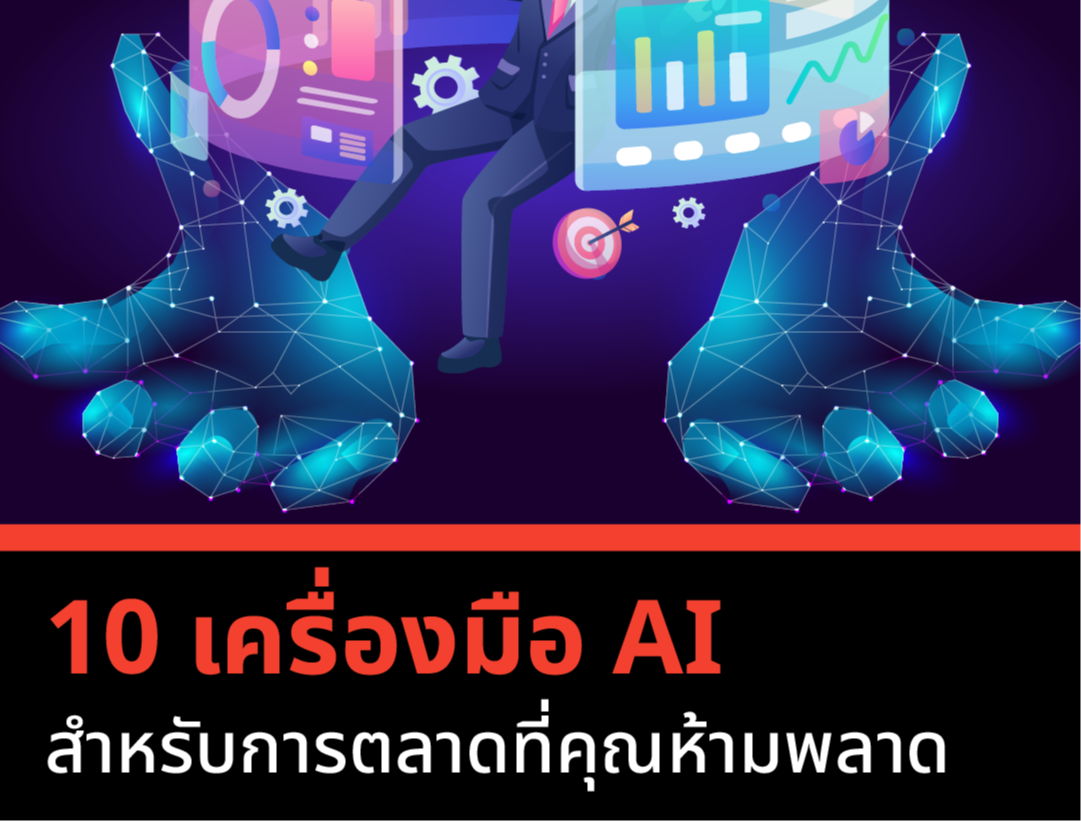
Understanding LLM Model Training: From Raw Data to AI Intelligence
2024-11-13 04:15:53
Training LLM (Large Language Models) is a crucial process in developing AI that can understand and communicate in human-like language. These models are trained using vast amounts of data to generate appropriate responses in various contexts. Once they learn from the data, LLMs can use that knowledge to predict and create new text that is semantically similar to the original data.

The process of training LLM: from raw data to intelligence The process of training LLM: From raw data to intelligence
The LLM training process has several key steps that enable the model to learn and understand language effectively:
Data Preparation (Data Collection and Preprocessing)
- Data Collection: The first step is to gather diverse data from various sources such as websites, books, news articles, and social media messages. This data must cover multiple topics and languages to enable the model to learn usage in various contexts.
- Data Cleaning: The collected data must be cleaned to remove irrelevant information, such as messages with links, duplicate messages, or inappropriate content.
- Data Tokenization: The available data will be transformed into word representations (tokenization), which is a crucial step in separating words and sentences so that the model can process them.
Model Training
- Algorithm Selection: LLM models often use the Transformer architecture, which is an algorithm effective in working with sequential data or long texts. It employs a mechanism called the Self-Attention Mechanism, allowing the model to better capture relationships between words and sentences.
- Unsupervised Learning: Most LLMs use a learning method that does not require labeled data, allowing them to learn from existing text in a self-supervised manner, such as predicting missing words in a sentence or generating new sentences from available data.
- The use of computational power: Training LLMs requires high computational power due to the need to process large amounts of data and complex models. Using GPUs or TPUs (Tensor Processing Units) will help speed up the model training.
Testing and Tuning (Evaluation and Fine-Tuning)
- Model Evaluation: After training is complete, the model must be tested using a dataset that was not used during training to see if the model performs well. Standards such as Perplexity, BLEU Score, or Accuracy are used to evaluate performance.
- Fine-tuning: Once the model has learned from a large dataset, it can be further fine-tuned using specialized datasets, such as medical or business data, to improve its performance in those specific areas.
Learning of LLM: Towards AI Intelligence Learning of LLM: Towards AI Intelligence
LLM models can learn from large amounts of data, allowing AI to make predictions and generate text in various contexts. Examples of LLM applications include:
Understanding Language
The LLM model can understand the meaning of words and sentences with complex contexts, such as understanding questions with multiple meanings or recommendations that are communicated indirectly.
Example: Asking "I need a tool that can calculate quickly," the model can understand that the "tool" the user is referring to is either a calculator or software used for calculations.
Text Generation
After training, the LLM will be able to generate new text based on the given context, such as writing articles, answering questions, or translating languages.
Example: LLM can use the information it has learned to create articles on various topics, such as educational articles, news, or social media posts.
Automated Decision-Making
LLM can assist in decision-making based on available data, such as analyzing business data or examining complex issues.
Example: Using LLM in decision-making for organizational resource management, investment evaluation, or financial calculations.
The importance of training LLM models The importance of training LLM models
- Expanding knowledge: LLM can learn from diverse data and continuously update its knowledge, allowing it to adapt to changes in new information.
- Optimization: Continuous training of the LLM model enhances efficiency and processing capabilities, enabling AI to operate in various situations it has never encountered before.

Training Large Language Models is a process that requires vast amounts of data and high computational power. However, the result is an AI that can understand and communicate in languages at a high level, enabling the AI to perform various tasks such as answering questions, generating text, translating languages, and making decisions with greater accuracy and efficiency.
Leave a comment :
Recent post

2025-01-10 10:12:01

2024-05-31 03:06:49

2024-05-28 03:09:25
Tagscloud
Other interesting articles
There are many other interesting articles, try selecting them from below.

2024-10-10 10:18:39

2023-11-01 09:42:11

2023-11-03 09:16:36

2024-11-25 03:46:59

2025-05-12 08:31:36

2023-09-06 11:19:12

2024-12-04 10:28:02

2023-09-29 10:22:30

2024-04-03 09:28:59
